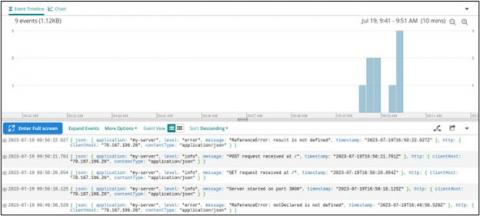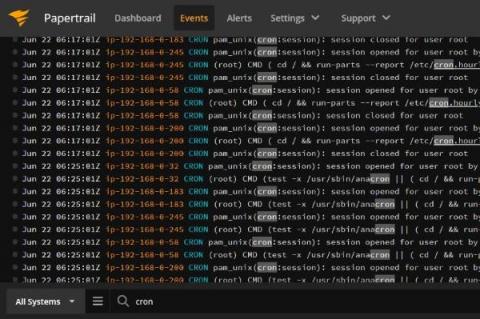4 Node.js Logging libraries which make sophisticated logging simpler
Node.js logging, like any form of software instrumentation, isn’t an easy thing to get right. It takes time, effort, and a willingness to continue to iterate until a proper balance is struck. There are so many points to consider, including: Previously, here on the Loggly blog, I began exploring these questions in the context of three of the most popular web development languages: PHP, Python, and Ruby. But these aren’t the only popular languages in use today.










